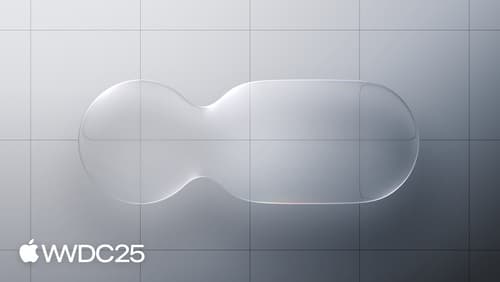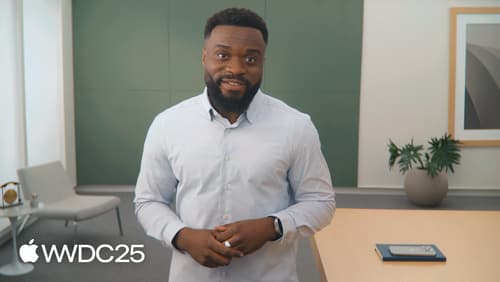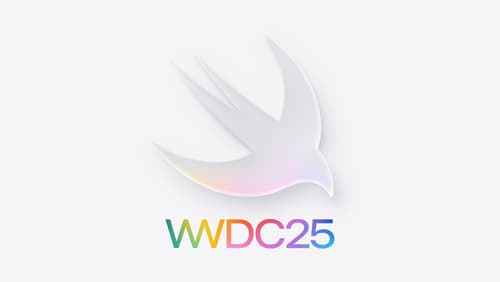Why did you introduce fluid
Asked on 2025-06-12
1 search
The introduction of "Liquid Glass" at WWDC was a significant step in evolving the look and feel of Apple's software. Liquid Glass delivers a unified design language across all platforms, seamlessly blending hardware and software. It introduces a more fluid and dynamic interaction experience, bringing a striking new look to every part of the interface. This new material is designed to be adaptive, responding to both the fluidity of touch and the dynamism of modern apps, making the experience of apps feel more organic, immersive, and fluid.
Liquid Glass combines the optical qualities of glass with responsive fluidity, designed to refract content from below, reflect light from around it, and have responsive lensing along its edges. This creates a new level of depth and vitality, making the interface feel alive and directly connected to the physical world and device input. It also adapts automatically across different contexts and platforms, ensuring legibility and maintaining clear separation from the content layer.
For more details, you can refer to the session Meet Liquid Glass (19:03) where these concepts are discussed in depth.

Meet Liquid Glass
Liquid Glass unifies Apple platform design language while providing a more dynamic and expressive user experience. Get to know the design principles of Liquid Glass, explore its core optical and physical properties, and learn where to use it and why.

Build a SwiftUI app with the new design
Explore the ways Liquid Glass transforms the look and feel of your app. Discover how this stunning new material enhances toolbars, controls, and app structures across platforms, providing delightful interactions and seamlessly integrating your app with the system. Learn how to adopt new APIs that can help you make the most of Liquid Glass.

Platforms State of the Union
Discover the newest advancements on Apple platforms.
